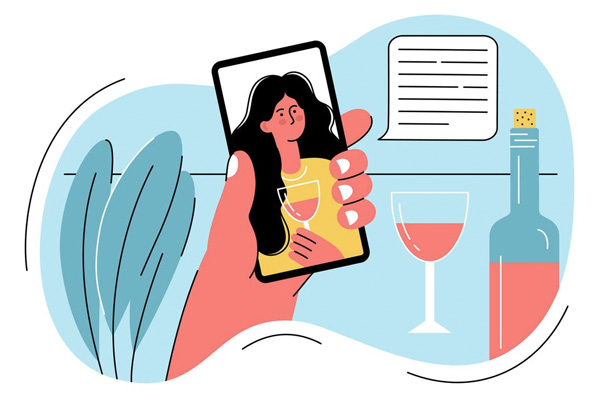Lead to…? –
June 5, 2020 – “But the same way we do with food and exercise and concerns about obesity, we want to have some benchmarks for how to stay healthy.” Kelly Rubinsohn, an opera singer in Philadelphia who has a day job as an office manager at an architectural firm, lost both gigs when the quarantine started. Drinking has been a salve during a difficult time, she said.
“There is literally nothing else to control,” she said. “I can at least make a cocktail.”
Historically, drinking and drug use rise when people experience wars, terrorist attacks or natural disasters, but those are typically localized events, said Adam Leventhal, director of the University of Southern California Institute for Addiction Science.
“A pandemic of this magnitude affecting the entire globe is something we’ve never encountered before,” he said. “Every person is being affected by it.”
A study published in April in the Asian Journal of Psychiatry showed a sharp increase among people in China, where the pandemic originated, who reported “harmful drinking” during isolation. People between the ages of 21 and 40 were particularly susceptible, the study found.
Harmful drinking is defined as drinking to excess in a way that leads to health problems. Alcohol dependency, or alcoholism, is characterized by cravings that are difficult to control and a preoccupation with alcohol that leads to continued drinking even when a person knows it will have negative consequences.



